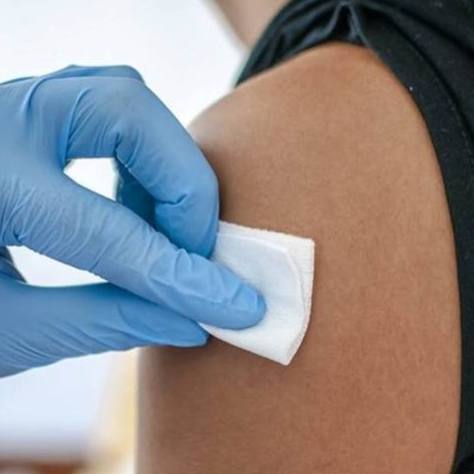-
Mayo Clinic Minute: Butter versus margarine — what’s the healthier spread?
Butter is a dairy product, made from the milk or cream of a cow. Margarine is made from vegetable oil. They may look similar and may be used similarly for baking or cooking, but when it comes to heart health, that's where the similarities end.
Journalists: Broadcast-quality video (0:59) is in the downloads at the end of this post. Please "Courtesy: Mayo Clinic News Network." Read the script.
What's better for you? A pat of butter or a spread of margarine? It depends, says Katherine Zeratksy, a Mayo Clinic registered dietitian nutritionist.
"When we think about butter and margarine from a health perspective, particularly a cardiovascular heart perspective, margarine seems to have a bit of an advantage."
It comes down to good fats versus bad fats.
"Margarine is likely going to have more unsaturated fat; whereas, butter is going to have saturated fat."
Saturated fat is known to raise bad cholesterol, the low-density lipoprotein (LDL) cholesterol.
Not all margarine is the same. Zeratsky says look for a margarine that comes in tub rather than stick form.
"Having a softer, more liquid-type product is a better option because it's going to contain more unsaturated fats."
Does that mean that you should forgo butter completely?
"Butter, although not considered heart-healthy, for some people, they just really enjoy the taste. And, so, the portion becomes especially important."
Healthy recipes:







